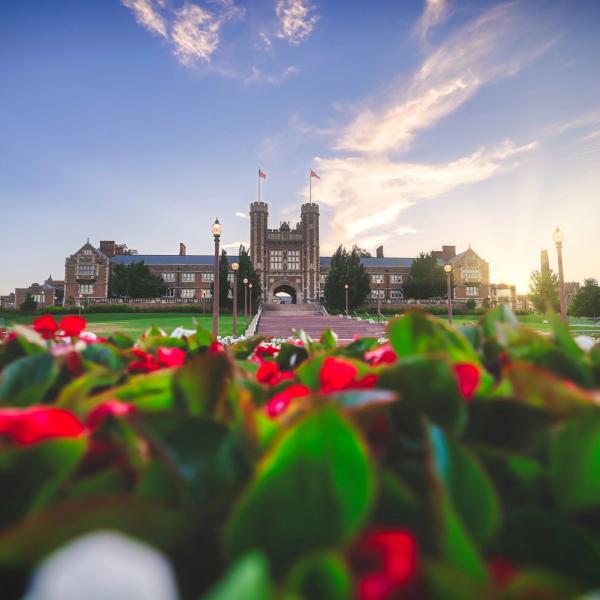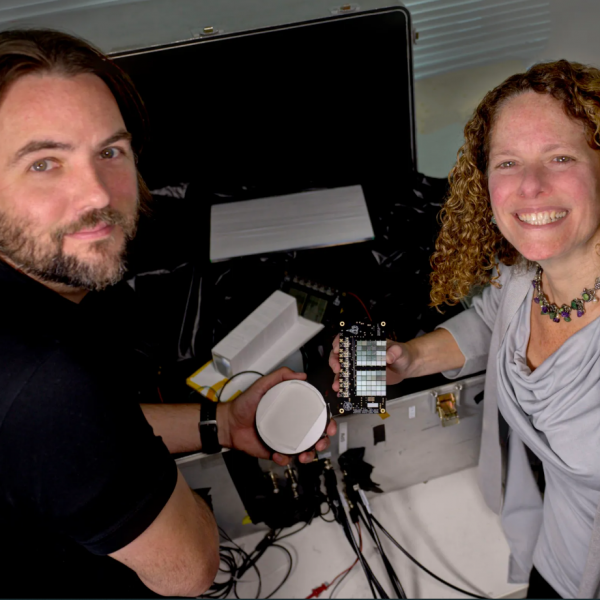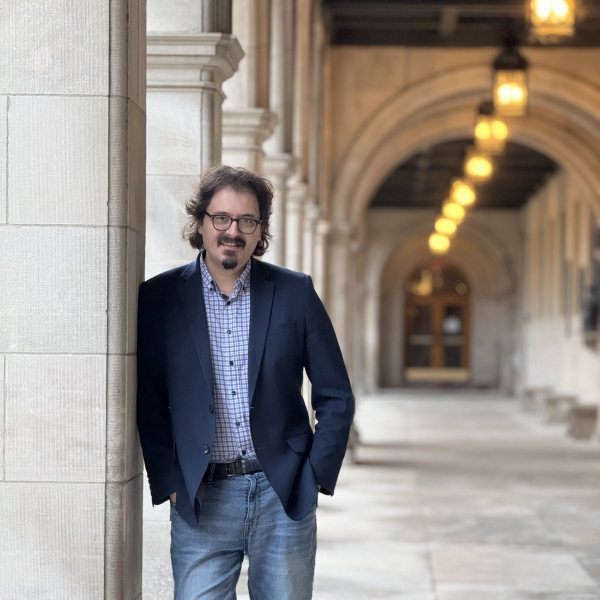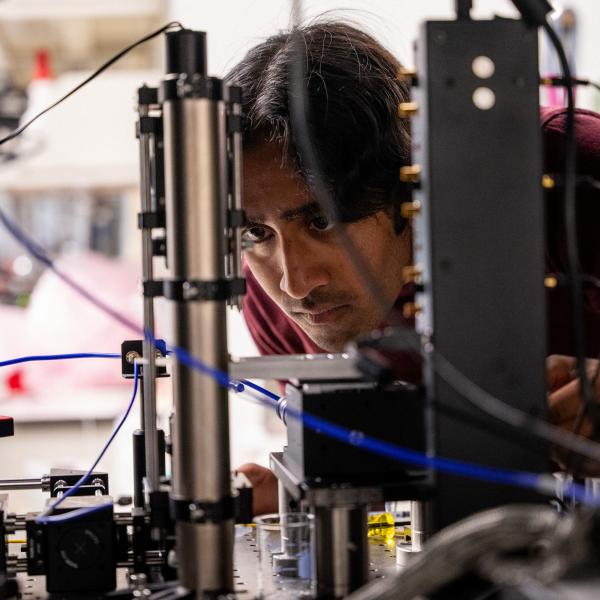Arts & Sciences reached new heights in 2023, bringing in the most external grant funding in school history. Support from a wide variety of government agencies, private foundations, and other sponsors fueled a year of unprecedented discovery and growth across disciplines, said Deanna Barch, vice dean of research.
The Grants Administration Integrated Network, a program started in 2022 that supports Arts & Sciences researchers at every step of the process, has contributed to this success, Barch said. She also highlighted the ongoing efforts of the Research Development Office to promote collaboration and provide seed funding and pilot grants. The addition of Peter Kastor, the Samuel K. Eddy Professor, as associate vice dean of research will increase the school’s capacity to compete for grants moving forward, she said.
Barch noted that many of the funded projects last year involved collaboration within and beyond Arts & Sciences, a key component of strategic plans underway at both the school and university level. The Arts & Sciences Strategic Plan alone includes eight signature initiatives that have already attracted significant funding and produced new findings in quantum physics, psychology, and other fields. “The results speak for themselves,” Barch said. “We do particularly well in areas where we have faculty with convergent strengths.”
Ultimately, Barch said, credit for the grants and fellowships goes to the researchers themselves. “They’re the ones with the ideas, the creativity, and the motivation to write the proposals,” she said. Last year, 192 Arts & Sciences researchers received funding for 296 projects, adding up to an impressive $55 million in support.
In a year brimming with exciting projects, Barch pointed to several awards that reflect the varied contributions of Arts & Sciences researchers and the vast potential for the future.
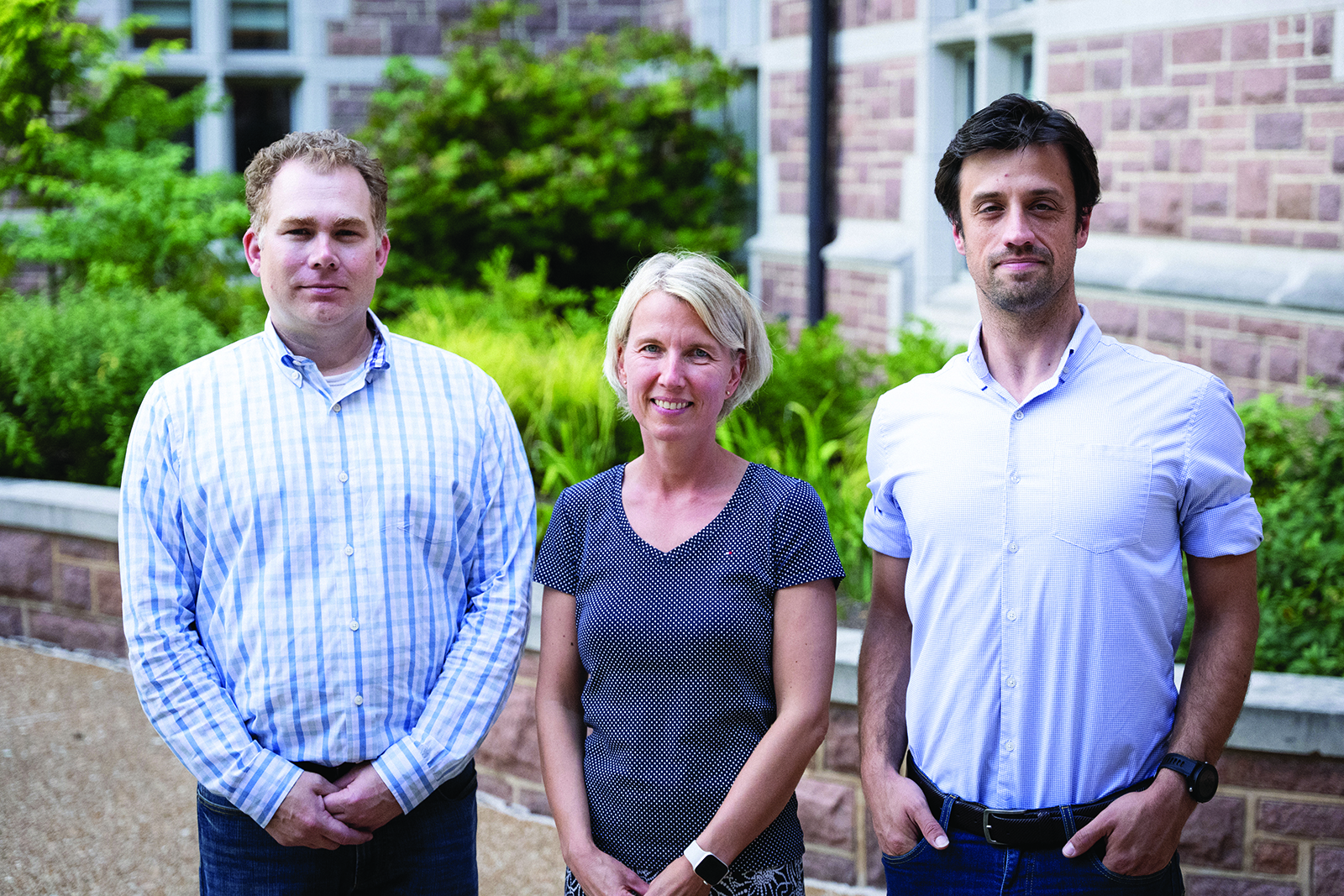
Populist Rhetoric on Social Media and Its Effects on Democracies Around the World
Funded by the National Science Foundation
Principal investigators: Jacob Montgomery, professor of political science; Margit Tavits, the Dr. William Taussig Professor in Arts & Sciences; and Christopher Lucas, assistant professor of political science
Researchers are using this $571,000 grant to gather social media posts from tens of thousands of political candidates and hundreds of political parties from nearly 80 countries to get a fuller picture of the prevalence and impact of populist language. The project was born from seed funding provided by the Weidenbaum Center on the Economy, Government, and Public Policy.
CAREER Awards
Funded by the National Science Foundation
Principal investigators: Rachel Penczykowski, assistant professor of biology; Sheng Ran, assistant professor of physics; and Martha Precup, assistant professor of mathematics and statistics
These highly prized grants are reserved for junior faculty who have excelled at both research and mentorship. Penczykowski is using her award to investigate the factors that drive fungal infestations of common broadleaf weeds in the St. Louis area. Ran’s project continues his search for quantum materials with special characteristics that could be useful for next-generation electronics. Precup will use the grant to search for patterns within geometric data.
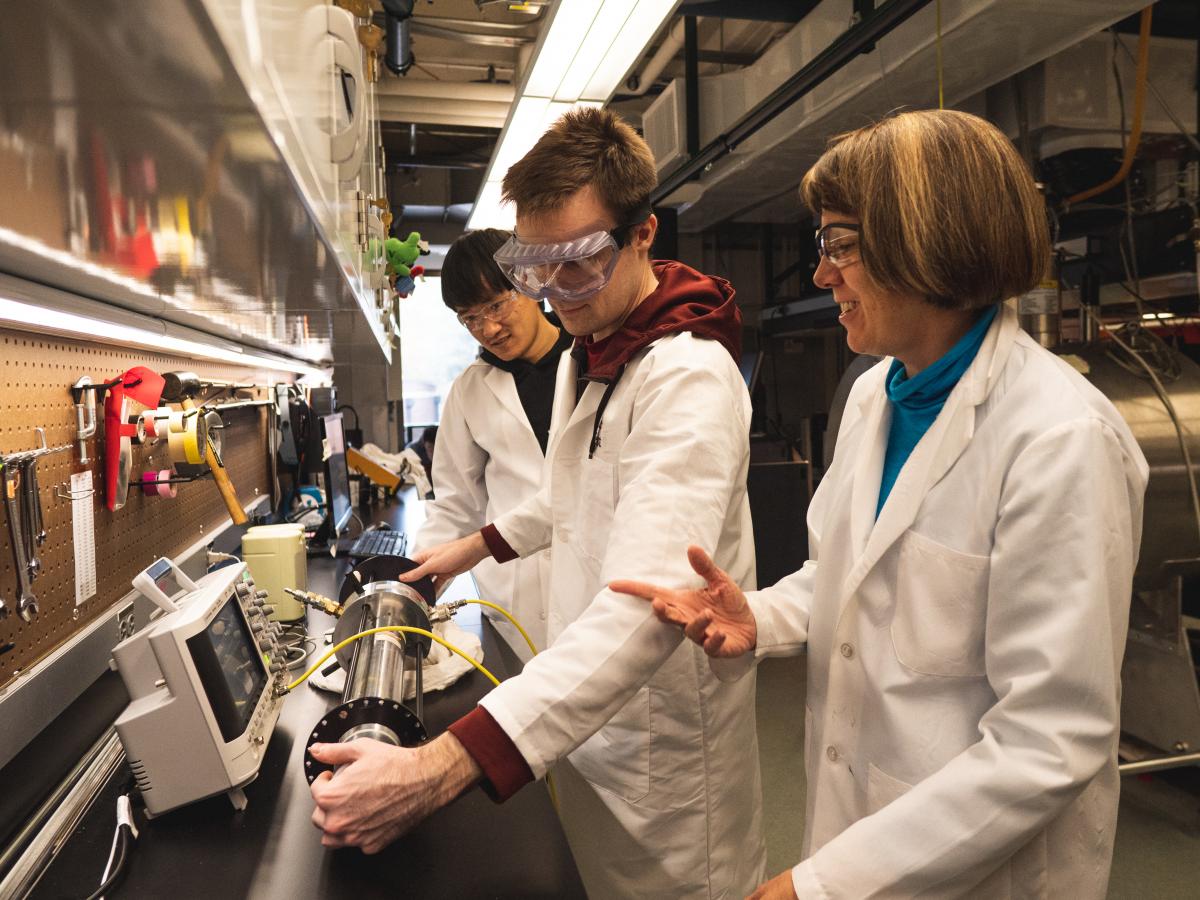
Linking Quantum Sensing Technologies Across Disciplines
Funded by the National Science Foundation
Principal investigators: Sophia Hayes, professor of chemistry; Kater Murch, the Charles M. Hohenberg Professor of Physics; and Erik Henriksen, associate professor of physics
Working with Sheretta Butler-Barnes, a professor at the Brown School, Hayes, Murch, and Henriksen will use this $3 million, five-year grant to create a quantum sciences and engineering graduate training program across the St. Louis region. The McKelvey School of Engineering will also be involved. The training program will focus on quantum sensing, a burgeoning field that uses atomic-level insights to track quantum properties of materials.
St. Louis Translational Fellowships in Education
Funded by the James S. McDonnell Foundation
Principal investigator: Andrew C. Butler, chair and associate professor of education
This $3.5 million grant will support the training of six postdoctoral fellows each year for six years. The two-year fellowships will include coursework, research, and experience working in school settings. The goal is to provide new PhDs with training that enables them to pursue a career conducting rigorous, collaborative, and equity-focused educational research.
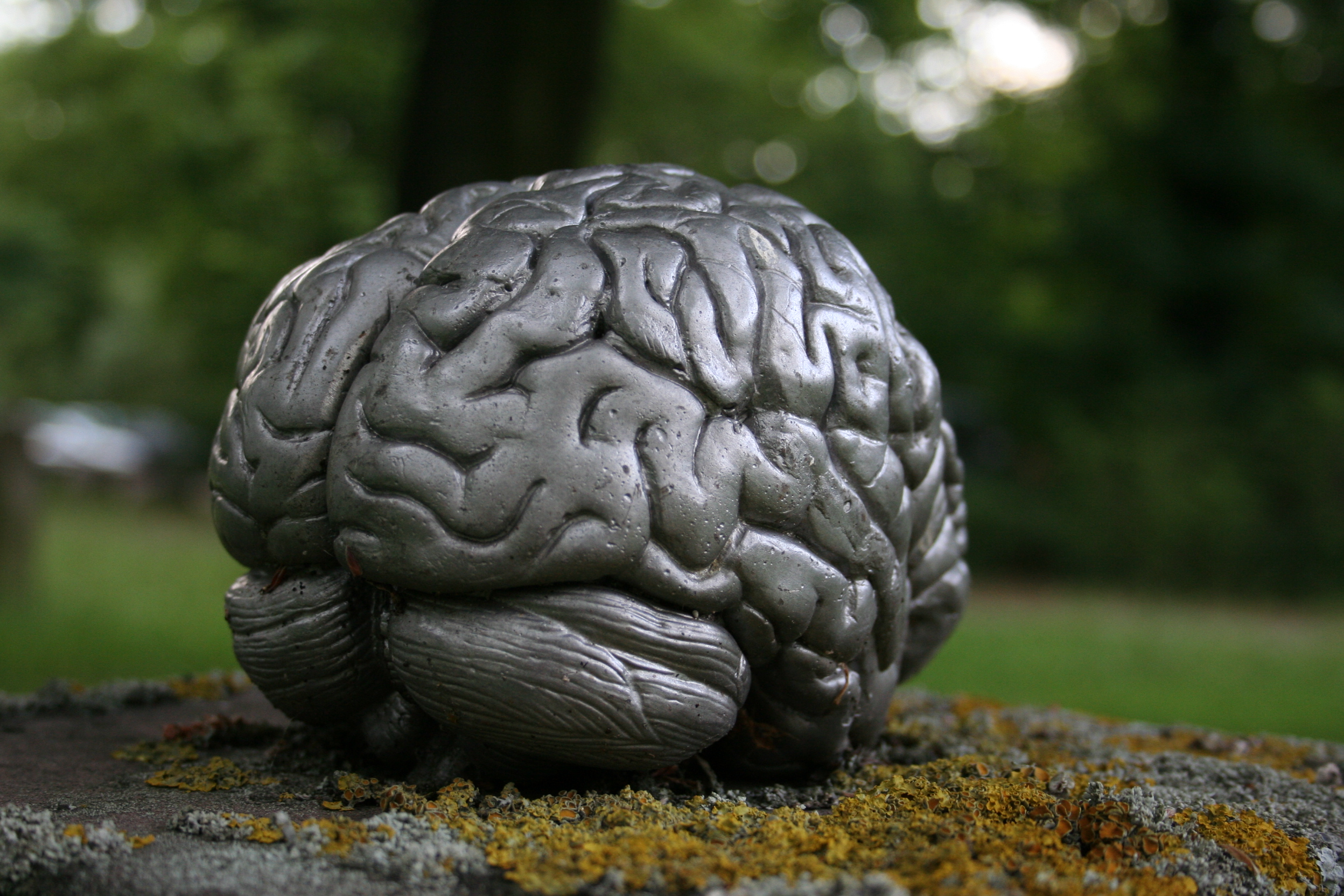
Time and Episodic Memory: Neuropsychology Meets Philosophy
Funded by the National Science Foundation
Principal investigator: Carl Craver, professor of philosophy and philosophy-neuroscience-psychology
This $280,000 grant funds a project that melds the fields of philosophy and neuroscience to explore how our memory of past events shapes our perception of time. In collaboration with York University in Toronto, Craver will study how people with episodic amnesia process and understand the passage of time. Craver hopes his research will be especially valuable for philosophers investigating our knowledge of time, scientists struggling to understand the nature of memory, and clinicians treating people with memory loss.
Computational Cognitive Neuroscience Framework for Attentional Control Traits and States
Funded by the U.S. Department of Defense
Principal investigator: Todd Braver, the William R. Stuckenberg Professor in Human Values and Moral Development
Braver is the lead investigator on this multi-institutional, multinational project, expected to span five years with a total budget of $8.8 million. The team includes Julie Bugg, professor of psychological and brain sciences; Wouter Kool, assistant professor of psychological and brain sciences; and 12 other researchers from the U.S. and Australia. The project will use brain imaging technology including fMRI and EEG to better understand wandering minds and lapses in attention.


